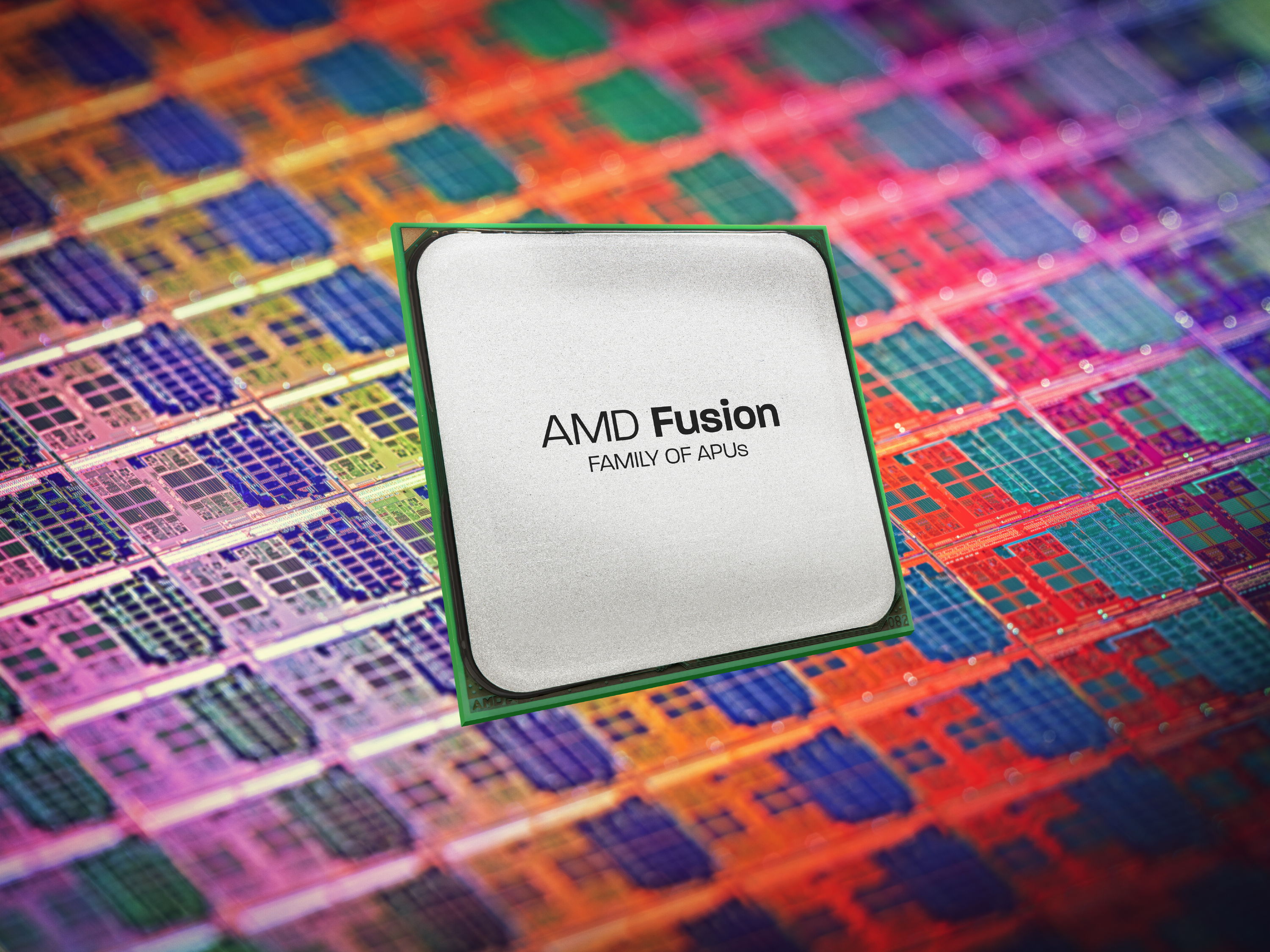AMD considers dropping low-end discrete graphics
Fusion could take precedent over cheap graphics cards

AMD's focus on its Fusion accelerated processing units could see the processor giant ditching its low-end Radeon graphics cards.
The Fusion architecture combines the CPU and GPU on a single chip, negating the need for a dedicated graphics card.
Interim chief executive Thomam Seifert told analysts and investors that "parts of this business will be cannibalised and the low-end discrete GPUs will be replaced with Fusion-type products."
Long-term
Seifert didn't set a timescale for the move away from discrete graphics, but did say he was looking at the long-term future of the company.
AMD bought graphics card company ATI in 2006, and immediately started working on the Fustion platform. The acquisition saw the ATI name gradually replaced with AMD's on graphics cards.
A move away from discrete graphics cards and chips makes sense - but only if it's timed correctly. Adding a graphics card - no matter how cheap - to your PC is a guaranteed way to boost performance, particularly in gaming.
Sign up for breaking news, reviews, opinion, top tech deals, and more.
But as Fusion takes off low-end GPUs will be rendered redundant. The question is if Fusion will take off, and whether or not AMD can afford to lose the cheap and cheerful end of the graphics market.
Seifert pointed out that AMD doesn't make a huge revenue from its low end graphics card, and seems confident that the move will work out. "This is all goodness for us," he said, "because it replaces low-cost margin revenue with high-gross margin revenue."